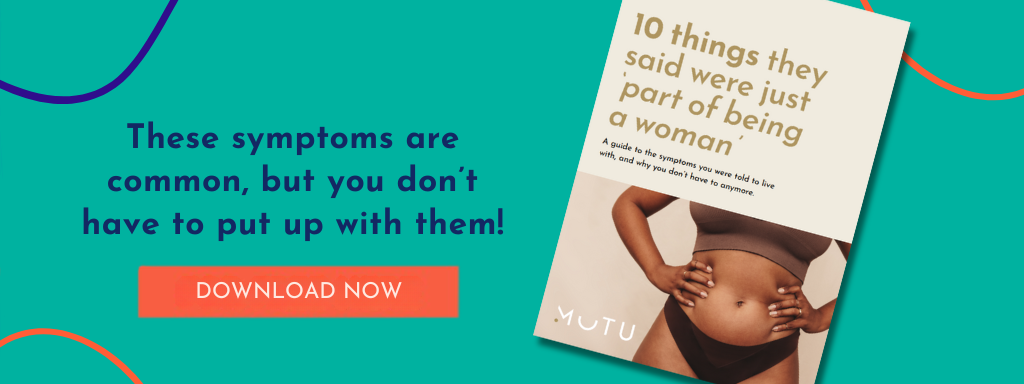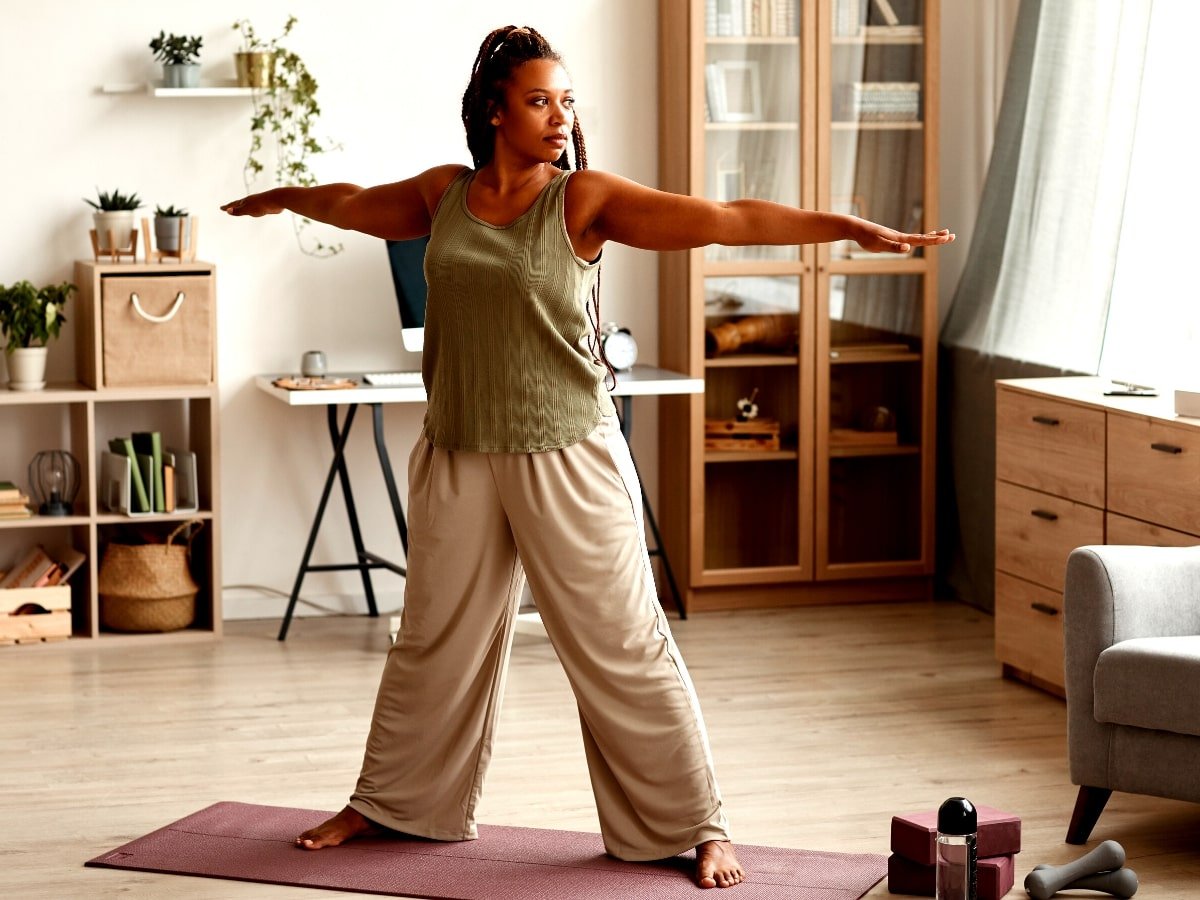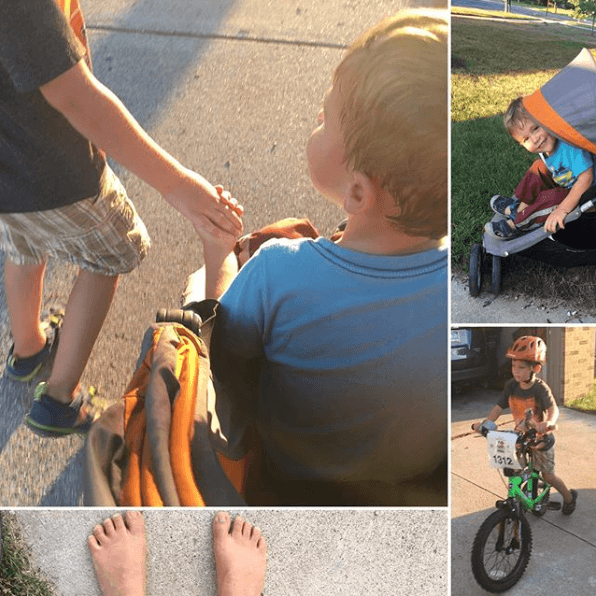Every day movements matter more than you think. When it comes to rebuilding core strength after birth, it’s not about how many crunches you do. It’s about how you carry yourself. The way you sit, stand, lift, and move throughout your day is either helping your core reconnect and strengthen, or it’s keeping it stuck in dysfunction.
In this post, we’ll break down posture myths, show you what functional alignment actually means, and offer daily tips you can start using right now. No workouts, no equipment, just simple evidence-backed tweaks that help your body heal and function better.
Why Posture Is a Core Issue
The idea that posture is just about “standing up straight” is outdated. Good posture is about dynamic alignment—how your body stacks and moves to support breathing, stability, and internal pressure systems. Postpartum, those systems need time and guidance to recalibrate.
Pregnancy shifts your centre of gravity, stretches abdominal muscles, and often leads to compensatory movement patterns. These don’t magically disappear after birth. If anything, they become more entrenched by the demands of caring for a baby (Morris et al., 2021).
That’s why many women struggle to reconnect with their core or pelvic floor: their alignment keeps those muscles disengaged or overloaded (Sapsford & Hodges, 2001).
The Alignment That Supports Core Strength and Recovery
Functional core recovery isn’t just about specific exercises — it’s about the position your body lives in most of the time.
Posture tips for core strength – Here’s what functional, core-supportive posture looks like:
- Ribcage stacked over pelvis: Not flared forward or thrust out.
- Pelvis in neutral: Not tucked under (which disengages glutes and core) or excessively arched.
- Weight balanced over mid-foot: Not dumped into heels or locked knees.
- Head and neck aligned with spine: Avoid jutting your chin forward.
This setup allows your diaphragm, pelvic floor, and deep core to work together as a unit, which is key for both strength and symptom relief (Lee & Lee, 2011). Here’s more on the connection between posture and diastasis recti.
Daily Posture Tips for Core Strength You Can Implement Now
1. Untuck Your Bum
Many mums adopt a “tucked under” posture without realising it, especially when holding or feeding a baby. Try gently rolling your pelvis forward so your tailbone points back and down. This re-engages your glutes and gives your core room to activate.
2. Stack Your Ribs Over Hips
Avoid leaning back or puffing your chest out. Let your ribs soften down so they’re stacked directly above your pelvis. This allows your core to work with every breath.
3. Soften Your Knees
Locking your knees shifts pressure to your lower back and pelvic floor. Keep a soft bend in your knees when standing to encourage better alignment and muscle activation.
4. Check in During Daily Tasks
- When brushing teeth: Stand with feet hip-width apart, knees soft, ribs over pelvis.
- Pushing a pram: Avoid leaning forward or slumping. Walk tall, with shoulders relaxed.
- When picking up your baby, bend your knees, hinge at the hips, keep your back long, and exhale as you lift.
5. Breathe with Intention
Posture and breath are inseparable. Practice 360-degree breathing where your ribs expand out to the sides and back. This nourishes your core and pelvic floor (Hodges & Gandevia, 2000).
The Posture Mistakes That Sabotage Healing
Even well-meaning advice can do more harm than good. Common mistakes include:
- Sucking in your stomach all day: This increases pressure down on your pelvic floor and restricts natural breath.
- Thrusting your hips forward: Often done to “look slimmer,” it puts your pelvis out of alignment and strains your back.
- Wearing unsupportive shoes: High heels or overly cushioned shoes can alter your stance and muscle recruitment.
Instead, focus on awareness and gentle corrections. Your posture doesn’t have to be perfect—just intentional.
How Long Does It Take to See a Difference?
You won’t fix years of compensatory movement in a day, but most women feel and see changes within a few weeks when they consistently focus on posture. Better bladder control, reduced back pain, and a stronger core connection are often the first signs.
The key is consistency, not intensity.
Posture and Pelvic Floor Health
Your pelvic floor doesn’t function in isolation. Its ability to contract and release depends on alignment and pressure from above. Poor posture often contributes to symptoms like leaking, heaviness, or pain.
A 2021 review in the Journal of Bodywork and Movement Therapies highlighted the connection between pelvic alignment and continence, supporting MUTU’s clinical approach (Capson et al., 2021).
A Realistic, Sustainable Approach
At MUTU, we teach posture as a foundation of functional movement and core recovery. It’s not about being rigid or perfect. It’s about reconnecting with your body in everyday life so your healing isn’t something you squeeze in between everything else—it’s woven into your day.
Want a step-by-step plan to realign, strengthen, and recover your core and pelvic floor? Start MUTU Free, and see the difference for yourself.












